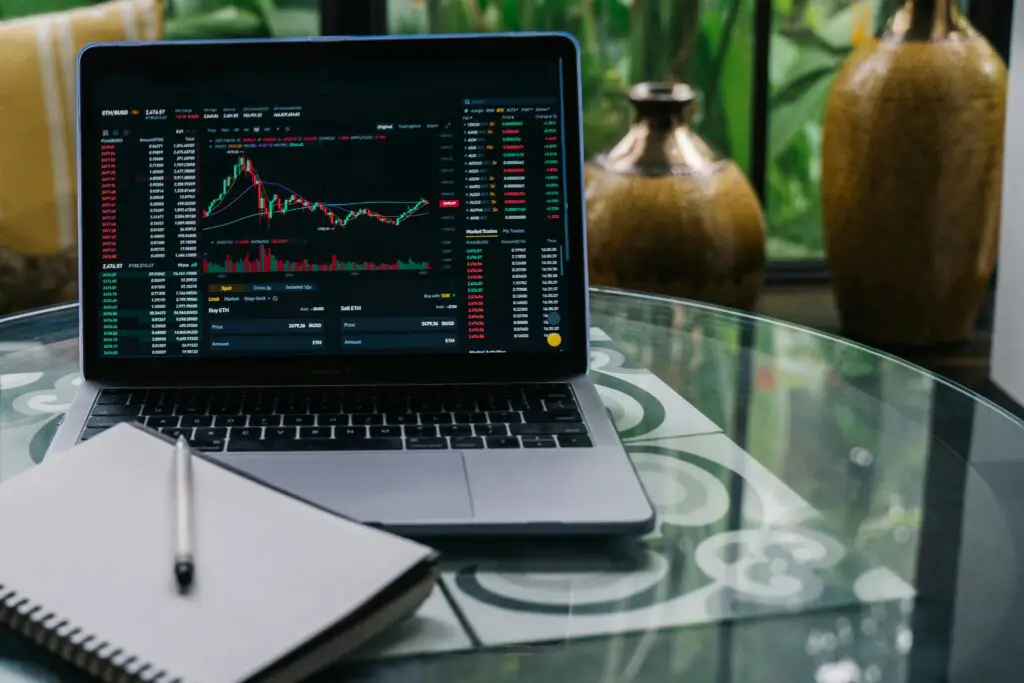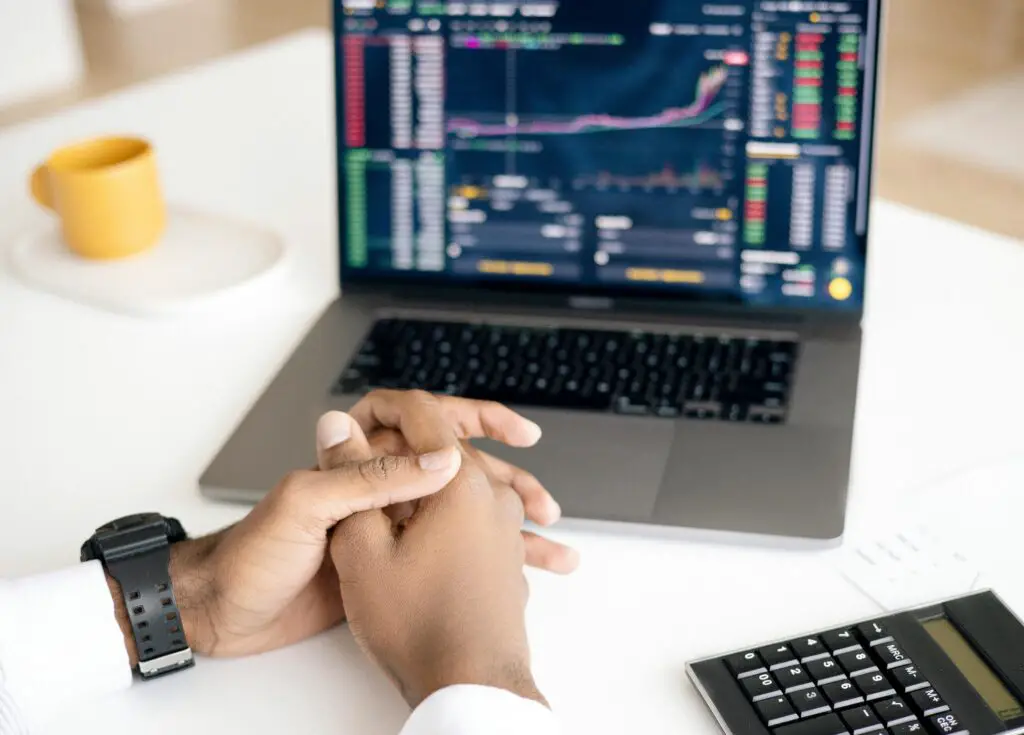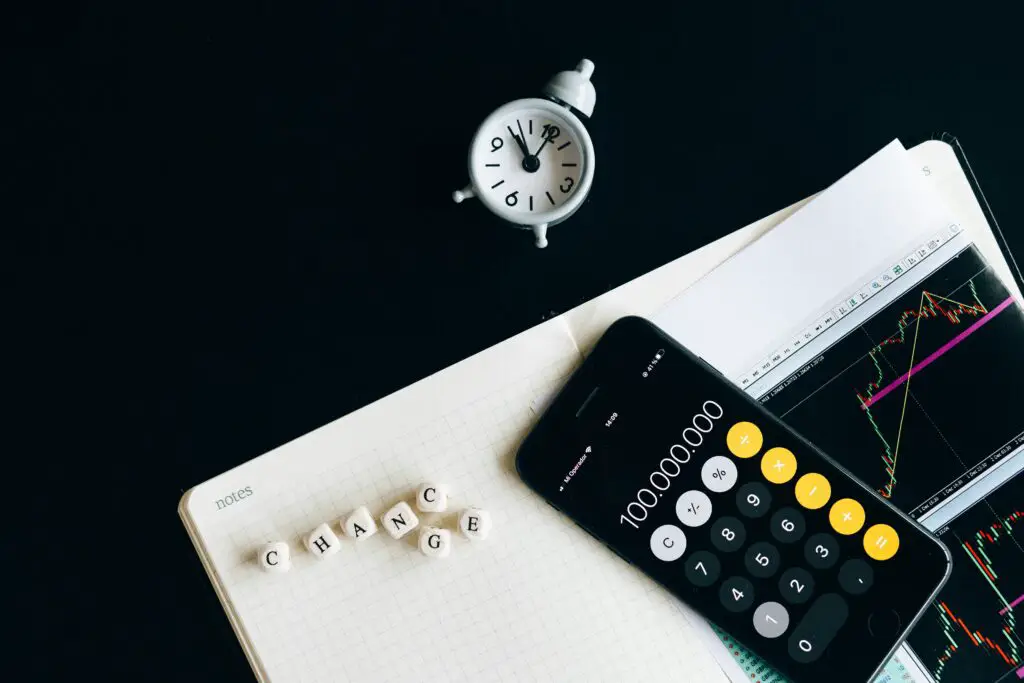In the context of finance, the trading of cryptocurrencies and forex has become a popular choice for people hoping to profit from fluctuations in the market. Although purchasing and selling assets is a part of both Forex and cryptocurrency trading, they take place in different markets with their features. It is necessary for newcomers who are keen to explore these areas to grasp the fundamentals.
Understanding Foreign Currency Trading
Forex trading is the sale and purchase of currencies on the foreign currency market. With over six trillion dollars worth of trade activity every day, the foreign exchange market is the biggest financial marketplace globally. Individual traders, governments, businesses, banks, and financial organizations are all participants in the currency market.
Currency pairs represent one of the fundamental ideas in forex trading. The exchange rate between the pound sterling and the US dollar, for instance, is represented as the EUR/USD pair. In order to take advantage on changes in the exchange rate, traders may choose to buy a pair of currencies for less money and sell it for more, or inversely.

Important Currency Crosses and Pairs
The primary currency pairings that make up the forex market include those from the largest economies in the world. There is usually a lot of trading volume and volatility in these pairings. USD/EUR, the British pound, the United States dollar and USD/CHF are a few examples. Furthermore, cross-currency pairs or crosses exist that do not utilize the United States dollar. Crosses like EUR/GBP, AUD/JPY, and GBP/JPY are examples.
Symbols for Money and Surnames
In trading circles, each currency pair has a unique symbol and is often referred by a nickname. For instance, the exchange rate between the euro is commonly referred to as the “Eurodollar” or just the “Euro.” Still, the GBP/USD pair is termed the “Cable” because Atlantic cables have historically been used to send exchange rate information between London and New York.
Pipette and Pip
Price fluctuations in forex trading are expressed in pipette tools and pips or percentages in points. According to the market convention, a pip is the smallest possible price movement for a given exchange rate. With the exception of currency mixtures, including Japanese dollars, a penny is equivalent to 0.01. For more accuracy when reporting currency rates, a pipette is used to represent a portion of a pip, usually 1/10th.
Spread of Bid-Ask
The difference between a currency pair’s purchase and selling (request) values is known as the spread between the bidding and asking prices. It is expressed in pip terms and symbolizes the trading expense. While larger spreads may suggest lower liquidity and higher costs, tighter spreads are suggestive of higher availability and lower trading costs.
Margin and Leverage
One common tool in the forex market is influence, which enables traders to handle larger positions with less cash. Because leverage increases both gains and losses, traders must be aware of the dangers that come from using it. The money needed to start and keep up a leveraged position is known as margin, and brokers usually give leverage ratios between 50:1 and 500:1.

Types of Orders
Depending on their trading strategies and the state of the market, forex traders make trades using a variety of orders. Limit orders are performed at an established price or above, whereas market orders are carried out at the going rate in the market. While trailing stop orders adjust themselves to follow the market price, stop orders are activated when the market hits a specified price.
Trading Days:
The foreign currency market is open for business five days a week, 24 hours a day, in several time zones. The Asian, European, and North American trading sessions are the three main trading sessions. In terms of trading activity, funds, and fluctuation, every session is unique. Because it overlaps with the Asian and North American sessions, the European session also known as the London session is recognized for having significant liquidity and turbulence.
How to Begin Trading Foreign Exchange
You need to open an account with a broker who trades forex in order to begin trading forex. Select an experienced broker that has a simple to use trading platform, competitive spreads, and reliable customer service. After opening an account, you can make a one-time investment to finance it.
It is important to become knowledgeable about the forex market and create a trading plan before you start trading for real. Study risk management, fundamental and technical evaluation, and the nature of trading. Most brokers provide demo accounts, which are useful resources for refining your trading techniques and getting to know the platform without having to risk real money.
Overview of Trading Digital currencies
Trading in and out of digital currencies like the currencies Ethereum, Bitcoin, and Monero is known as cryptocurrency trading. Cryptocurrencies function on distributed systems built on blockchain technology, unlike traditional currency.
Asset pairings are fundamental to cryptocurrency trading, just like they are in forex trading. The exchange rate between Bitcoin and the US dollar, for example, is represented by the price of Bitcoin in pairs. In order to make money from shifts in prices in cryptocurrency markets, traders may short assets to profit from price decreases or purchase low and sell high.
Commencing Your Cryptocurrency Trading Career
It would be best if you decided on an exchange for coins before you can start trading them. Choose an exchange that offers strong security features, a user-friendly trading interface, and support for the cryptocurrencies you want to trade. Binance, Coinbase, and Kraken are a few of the most well-known cryptocurrency exchanges.
You can put in money and begin trading after opening an account on a bitcoin exchange. Before making any bitcoin expenditures, careful research is essential. Take into account elements like the team, community, technology of the project, and market dynamics. Keep yourself updated on news and regulatory changes that could affect the price of cryptocurrencies.
A Guide to Successful Forex and Cryptocurrency Trading
Get Knowledge for Yourself
Maintain your knowledge of the digital currencies and currency markets. Recognize the elements influencing pricing changes and keep up with current events and developments in the industry.

Create a Trading Strategy
Make a thorough trading plan describing your approach, willingness to take risks and investment objectives.
Put Risk Management Into Practice
To protect the money you own, give managing risks top priority. To reduce possible losses, use stop-loss orders and diversify your transactions to distribute the risk among several assets.
Begin Small
As you gain expertise and trust, steadily increase the size of your trades from tiny initial bets. Avoid taking on more risk than you can bear to lose.
Remain Calm
The secret to successful trading is discipline. Respect your risk management guidelines, stay true to your trading plan, and trade with concentration.
Data on Forex Trading
Principal Currency Pairs
The euro versus the US Dollar, the British pound vs US Dollar, the United States dollar vs Japanese Yen, and US Dollar/Swiss Franc are the most frequently traded currency pairings in the forex market.
Leverage
One often method used in currency trading is borrowing, which enables traders to manage greater collections with fewer funds. Leverage ratios particular to a broker may vary from 50:1 to 500:1.
Data on Crypto Trading
Market Value
The overall market value of the online currency business is an essential measure of its current size and rate of expansion. The market capitalization of major cryptocurrencies like Ethereum, the binance Coin, and Ethereum usually trails behind Bitcoin.

Unpredictability
The prices of cryptocurrencies are extremely volatile, with notable price swings happening quickly. Excessive volatility raises the possibility of losses for traders even as it offers chances to profit.
Conclusion
In conclusion, trading digital currencies and forex presents thrilling chances for anyone to participate in the financial markets around the globe. Beginners can confidently start their trading career by understanding the fundamentals, creating a sound trading plan, and maintaining discipline. Remember to start small, remain educated, and work hard to keep getting better at trading. Gaining success in forex and cryptocurrency trading is possible with commitment.